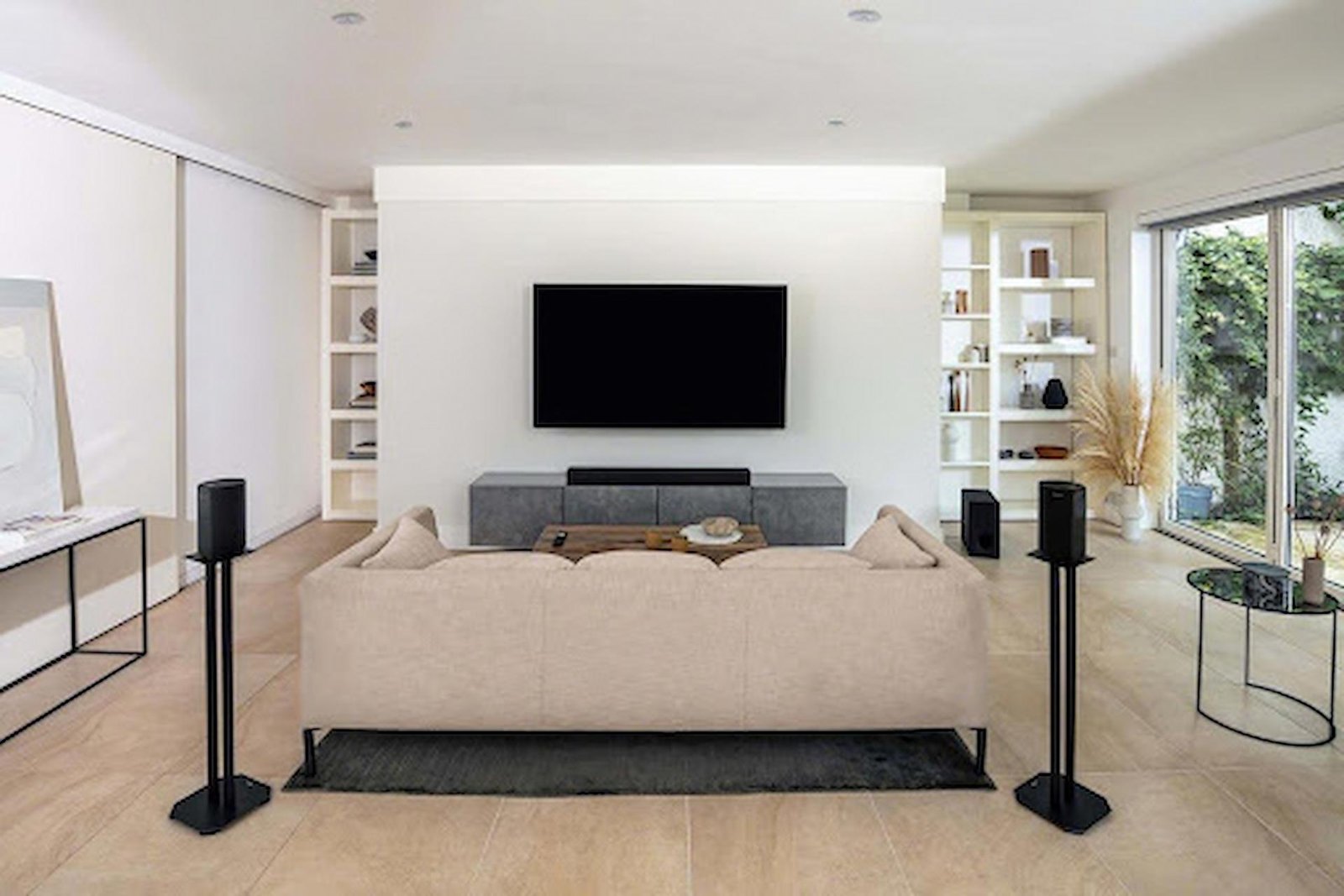There is something almost secret about sound that seems to breathe. It does not simply land on the ear. It surrounds, follows, and tilts as a person moves. The effect often gets called three dimensional listening. It is not a trick. It rests on careful engineering, tiny timing shifts, and the way brains decode echoes.
For a long time, stereo pretended to be space. Two channels nudged music left or right and everyone agreed to imagine the rest. Real life refuses that bargain. Voices and traffic form a globe around a listener. That observation pushed researchers to design spacial audio solutions that imitate how people actually hear. The aim is not only width. It is height and depth and the sense that a sound can exist behind the shoulder or far above the head.
Human hearing solves location through small clues. The brain compares the time a wave reaches one ear against the other. It also studies how the head and outer ear reshape certain frequencies. A delay of a few milliseconds whispers direction. A notch in the spectrum hints at altitude. Software now copies those clues with precision, placing sound objects in a virtual field that responds as the listener turns or walks.
Rooms complicate everything. Hard glass throws sound back like a shout on stone. Heavy curtains drink it. Carpets soften edges. To feel convincing, a system needs to predict those reflections and losses. Modern renderers build a quick model of the space, then calculate how each object should bounce and fade. When a voice appears to travel down a corridor that does not exist, that is the maths quietly at work.
The first big adopters were cinema and games. A helicopter could arc overhead rather than skate from speaker to speaker. Rain could seem to fall all around. As tools matured, galleries and retail spaces followed. They wanted guided attention without visible cues. A gentle call from behind turns a visitor toward an exhibit. A soft swell near a doorway draws shoppers deeper into a store. In wellness studios, slow moving sound encourages calm and steadier breathing.
Creators treat the technology like a new canvas. Instead of stacking tracks in a flat mix, they choreograph motion. A string line may hover just above eye level and drift forward during a chorus. A whisper may pass over the shoulder to spark suspense. Silence itself becomes an instrument when it frames a moving source. Listeners often report a clearer emotional map because direction hints at intent. Where a sound comes from changes what it means.
There are limits. Calibrating a large venue still takes trained ears and time. Head related differences vary by person, so one perfect setting may not suit everyone. Engineers respond with adaptive profiles that listen back through tiny microphones and nudge the rendering on the fly. Some platforms offload the heavy work to the cloud, which lowers hardware cost for smaller venues and pop up events.
Access keeps widening. Mainstream phones can track head motion and fold that data into the mix. Streaming services now carry formats that hold positional information. As a result, spacial audio solutions no longer feel rare. They feel like a quiet upgrade that shows up where people already listen.
The appeal remains simple. People live inside moving sound. A door shuts behind. Steps echo up a stairwell. Wind shifts across a park. When technology respects those patterns, stories land with more weight and places feel more alive. The science will keep refining the illusion, but the goal stays human. A system should disappear while the moment expands.
In that sense, spacial audio solutions act like good lighting. They draw focus without shouting. They raise detail without calling attention to the bulb. When a listener forgets the gear and remembers the feeling, the design has done its job. The field will keep evolving, and each small gain in realism could change how music, film, and public spaces speak to the ear.




